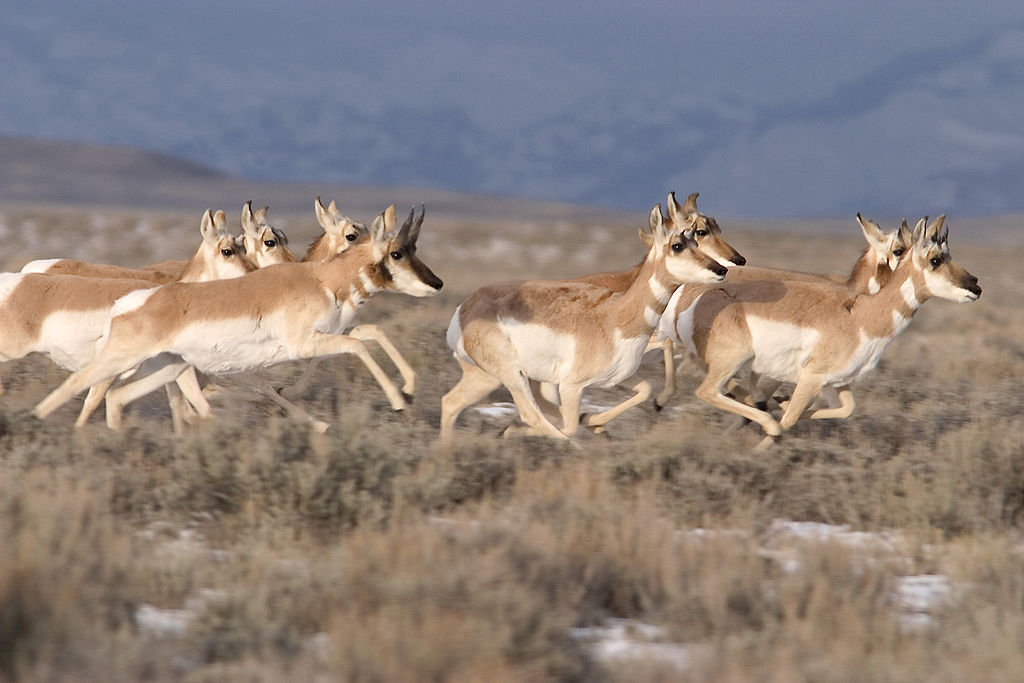
1. What are pronghorns and where do they live?
Pronghorns are North America’s fastest land mammal, reaching speeds up to 60 mph (97 km/h). They are not actually antelope, but their own unique species, Antilocapra americana. They inhabit grasslands, plains, and deserts in western North America, from southern Canada to northern Mexico.
2. Why are they called pronghorns?
Their name comes from the pronged horns sported by males, which curve backward and have a single tine pointing upwards.
3. What are some interesting facts about pronghorns?
- Pronghorns are the only animal with branched horns and shed their horns annually.
- They have excellent eyesight and can see movement from miles away.
- They are social animals and live in herds of up to 100 individuals.
- They can jump high and far, making them difficult prey for predators.
- They are important grazers and play a vital role in maintaining healthy grasslands.
4. Are pronghorns endangered?
Thankfully, pronghorns are not currently endangered. However, their populations have declined due to habitat loss, hunting, and competition from livestock. Conservation efforts are underway to protect them and their habitat.
5. Can I see pronghorns in person?
Yes, you can! Pronghorns are found in many national parks and wildlife refuges across western North America. Some popular places to see them include Yellowstone National Park, Grand Teton National Park, and the National Bison Range in Montana.
Bonus FAQs:
- Do female pronghorns have horns? Yes, but they are much smaller than the males’ horns.
- What do pronghorns eat? They are herbivores and primarily eat grasses, shrubs, and forbs.
- What are their predators? Coyotes, bobcats, and eagles are their main predators.






